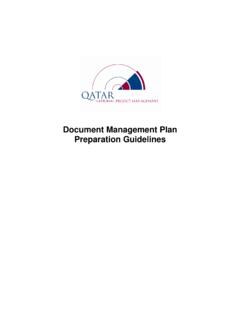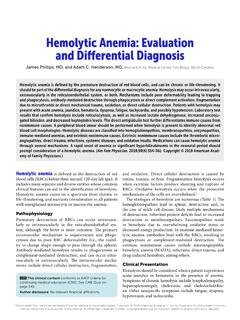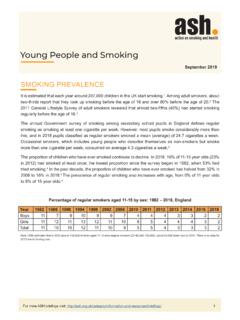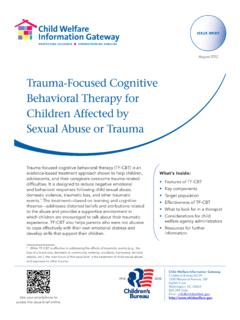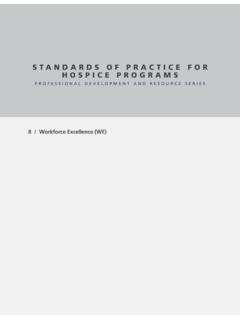Transcription of Qatar Second National Development Strategy
1 Qatar Second National Development Strategy 2018 ~2022 First Published September 2018 Reprinted February 2019 Copyright by Planning and Statistics AuthorityDoha Box 1855 Doha, : Gulf Publishing and Printing Company, content of this publication may be freely reproduced for noncommercial purposes with attribution to the copyright Second National Development Strategy 2018 - 2022 Forward I am honored to present to the citizens and residents of Qatar the Second National Development Strategy (NDS-2) 2018 -2022, which comes as a continuation of the series of National strategies aimed at achieving the goals and aspirations of Qatar National Vision 2030 that in turn aims at transforming Qatar into an advanced country by 2030, capable of sustaining its own Development and ensuring high living standards for its people for generations to major achievement is the result of the efforts of all stakeholders in the Qatari society, led by the Ministry of Development Planning and Statistics with the participation of other ministries and government agencies.
2 The private sector, civil society organizations and educational institutions. The Council of Ministers, under the auspices and support of our wise and prudent leadership, followed-up the Development process and infinitely supported these efforts. The lessons learned from the Development and implementation of the first National Development Strategy 2011-2016 were examined and analyzed to enhance the performance of the Second Strategy programs and projects. Ensuring and maintaining commitment by the implementing agencies require highlighting the key focus areas in NDS-2, mainly: nFocusing on human beings as the Development tool and ultimate goal at the same time.
3 A cornerstone of this Strategy is thus a thematic report on Population, Labour and Sustainable Development that essentially addresses the interacstive relationship between population and Development , taking into account the humanitarian, human and social requirements of the population, mostly expatriate labour, whose number has multiplied with an annual growth rate of 10% in the last decade. The State provides them with integrated public services to ensure security, health and decent living for them and their families. This significant increase is closely linked to the many Development projects that Qatar is handling at various levels.
4 NClear agreed-upon National priorities to enhance the feasibility of NDS programs and projects. nClear and realistic NDS results and targets. Unrealistic results and vague targets would result in ambiguous activities that waste resources and efforts and yield poor outputs. nClear roles and responsibilities of program and project implementers, that set a basis for funding, a platform for activities and a springboard for accountability. Without such clarity, activities might mix up and responsibilities overlap, weakening the NDS outcome and gains from plans, programs and projects.
5 NStrong linkage between strategies and National budget planning and monitoring, so that planning does not become a mere formality as HH the Emir of Qatar noted in his speech at the opening of the 43th session of the Shura Council on November 11, 2014: I would like to emphasize here that plans are not a matter of completing a formality; they are designed to be implemented. They need to be carefully designed, be given due consideration and be implementable within the resources including available funding. Our institutions, in turn, should respect the set plan and be accountable against its objectives.
6 NImproved monitoring and follow-up mechanisms. There is a full chapter on the follow-up of NDS performance including the establishment of an integrated monitoring and follow-up system, and reporting on progress to enable performance control, prevent bottlenecks and take necessary corrective actions on a timely Second National Development Strategy 2018 - 2022 nEnsuring the modernization and Development of public administration since it assumes the greatest responsibility of implementing the Strategy and achieving its results and objectives, and providing central services necessary for implementation, mainly financial, human and technological services and legislative support.
7 NAn integrated communication Strategy with a clear and comprehensive coordination mechanism within the same sector and among NDS sectors and conclusion, I would like to stress that the government will spare no effort to overcome all NDS implementation obstacles. We have no choice but to work tirelessly in accordance with pre-agreed strategies and plans, and we all know the outcome we must gain as a result of our efforts, cooperation and hard work. Abdullah bin Nasser Al ThaniPrime MinisterVQatar Second National Development Strategy 2018 - 2022 PrefaceThe Qatar National Vision 2030 (QNV 2030) is a working manual supported by guidance from the State s leadership.
8 Launched in October 2008 and ratified under Emiri Decision No. 44 of 2008, the QNV 2030 aims at transforming Qatar into an advanced country capable of sustaining its own Development and ensuring high living standards for its people for generations to come by seeking to develop a diversified economy coupled with diminishing dependence on hydrocarbons, where investment is moving towards a knowledge-based economy and the private sector is growing in The QNV provides a framework for National Development strategies, trends and available options, reflecting the aspirations and culture of Qatari people.
9 It also aims to strike a balance among economic growth, social and human Development , and environmental QNV 2030 identifies five main challenges: modernization and preservation of traditions; balance between the needs of this generation and those of future generations; managed growth and uncontrolled expansion; the size and quality of the expatriate labor force and the selected path of Development ; and economic growth, social Development and environmental National Development Strategy 2011-2016 (NDS-1), the first comprehensive Development Strategy in Qatar aimed at achieving QNV 2030 goals of a sustainable and balanced growth, sought to establish major values, including value-for-cost through responsible use of oil and human resources, developing and modernizing government institutions to ensure efficient performance, ensuring a governance of Development programs and projects, and providing high quality public services.
10 The NDS-1 was based on QNV 2030 pillars, targeting: sustained economic prosperity, promotion of human Development , integrated methodology for social Development , and environmental preservation for future generations (sustainable environment). In terms of solutions, NDS-1 contained eight chapters drawn up from 14 sector strategies. A major achievement of the NDS-1 is that it created a National culture of Development planning across all government entities and other Development stakeholders. It provided a National framework for the planning process; helped build the capacity of human resources and technical expertise in project management and implementation; raised awareness of the importance of monitoring and evaluation at the program, project and policy levels; supported institutional culture and partnerships.

